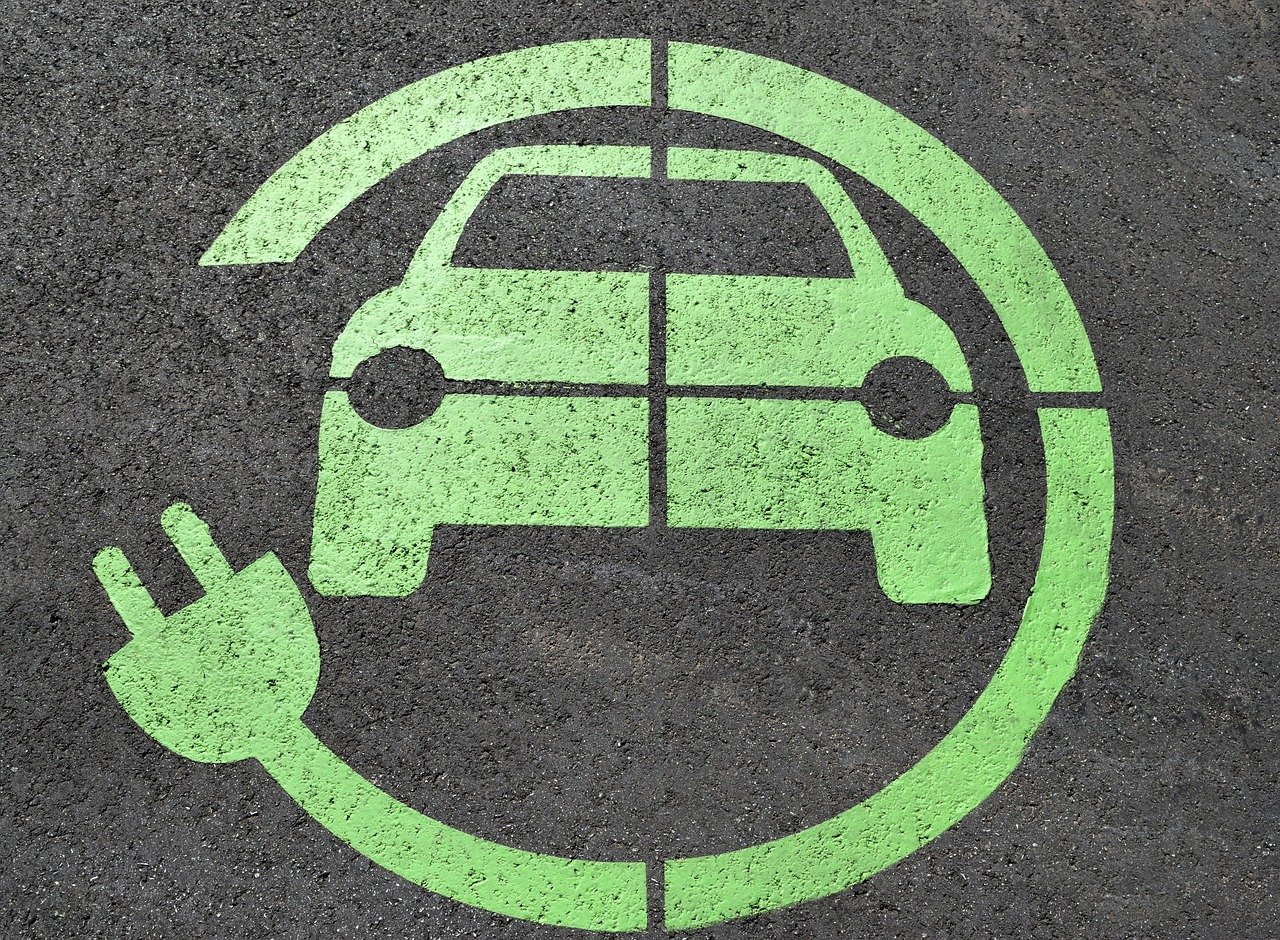10 Top Tips for a Successful Transition
Since the US Government’s commitment to achieve net-zero emissions by 2050, transit agencies across North America are focusing on the adoption of zero emissions technology for their fleets.
While this is a must-have for the transportation industry, planning a zero emissions bus network can bring new challenges. A zero emissions fleet requires a shift in procurement, planning, operations and maintenance..
How do we overcome these barriers so that we can reduce the risk and increase financial and environmental benefits?
At Evenergi, 100% of our focus is on the zero emissions transport market. Using our experience with hundreds of clients globally, we’ve identified the following steps for a successful transition.
- Approach with a clear mind, without prejudice: The more transitions we’ve done, the more we see that individual context drives different outcomes. Try to stay away from perceived accepted approaches. This is still a new area and individual context in terms of barriers and opportunities matter
- Approach your transition systematically: Charging, scheduling, battery-sizing and impact on labor require a systems approach. Each can impact on the other – charging can impact battery life for example.
- Iterate towards solutions: There are many interdependencies, so be iterative in your approach.
- Data is power: The quality of the transition will relate to the quality of data analytics.
- Stakeholder buy-in: Organizational alignment is key in this transition. Work with suppliers who can create a shared understanding, using robust and bankable data. Route level models provide confidence to decision makers and depot emulation provides confidence to operations teams.
- Establish protocols and standards before procurement: Focus on being vendor agnostic but understand and demand standards compliance.
- Re-evaluate procurement strategies: There are multiple ways to approach procurement, i.e. purchasing assets, financial leasing and operating leases. Find a strategy that works for you.
- Measure what you manage: Measurement is critical for continual improvement, but also for funding mechanisms such as Low Carbon Fuel Standards credits.
- Move from plans to frameworks: Adopt a framework model that allows you to keep the transition updated and current each year. Capture learnings and integrate them into the plan.
- Seize grant and funding opportunities: Familiarize yourself with grant opportunities to fuel your transition – there are plenty out there!
There’s a right and wrong way to approach these transitions. The wrong way will leave you with reports that are quickly out of date, oversized infrastructure and high-risk decisions that cost time and money. The right approach will ensure you have a framework that provides you with the agility and intelligence required to make good decisions, and operational insights to allow you to refine the strategy as you move forward.
Evenergi’s BetterFleet has been designed to provide a best-practice framework for transitioning and managing zero emission fleets. It delivers a cost effective, fast and simple approach that sets you off on the right path, providing powerful decision making tools for your team and consulting partners.


